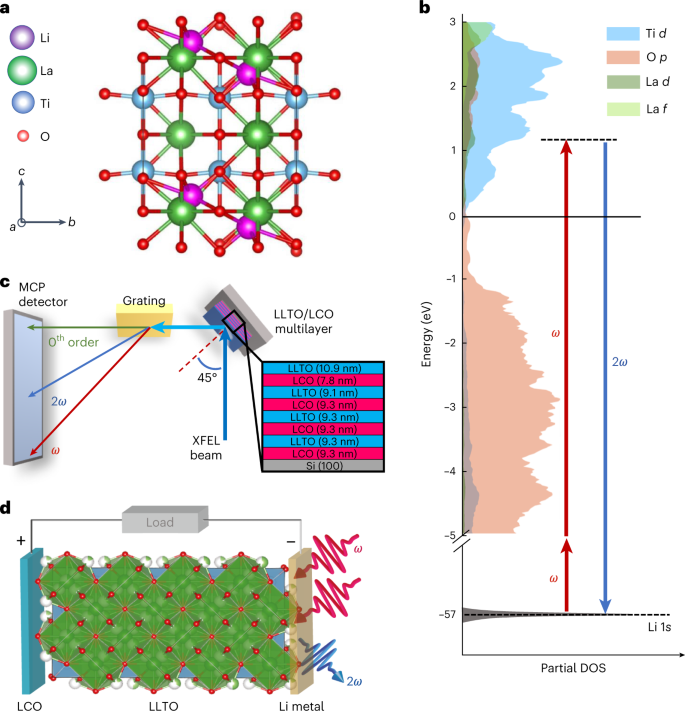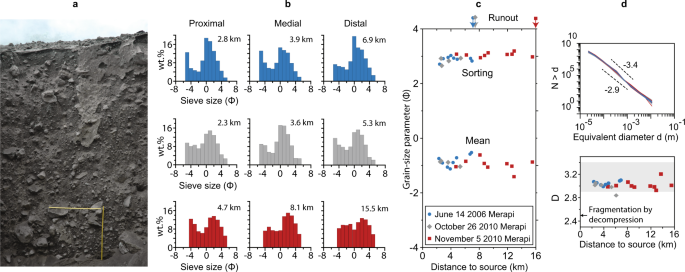2023-04-28 カリフォルニア大学サンディエゴ校(UCSD)
4月27日に発表された研究結果によると、電解質と電極の接合部において、高速振動がリチウムイオンの移動を遅くしていることがわかった。これに基づき、新たな固体電池のイオン伝導性向上に繋がる戦略が開発される可能性がある。
<関連情報>
- https://today.ucsd.edu/story/probing-lithium-ions-near-a-solids-surface-reveals-clues-to-boost-solid-state-battery-performance
- https://www.nature.com/articles/s41563-023-01535-y
固体電解質表面におけるリチウムの移動度を探る。 Probing lithium mobility at a solid electrolyte surface
Clarisse Woodahl,Sasawat Jamnuch,Angelique Amado,Can B. Uzundal,Emma Berger,Paul Manset,Yisi Zhu,Yan Li,Dillon D. Fong,Justin G. Connell,Yasuyuki Hirata,Yuya Kubota,Shigeki Owada,Kensuke Tono,Makina Yabashi,Suzanne G. E. te Velthuis,Sanja Tepavcevic,Iwao Matsuda,Walter S. Drisdell,Craig P. Schwartz,John W. Freeland,Tod A. Pascal,Alfred Zong &Michael Zuerch
Nature Materials Published:27 April 2023
DOI:https://doi.org/10.1038/s41563-023-01535-y

Abstract
Solid-state electrolytes overcome many challenges of present-day lithium ion batteries, such as safety hazards and dendrite formation1,2. However, detailed understanding of the involved lithium dynamics is missing due to a lack of in operando measurements with chemical and interfacial specificity. Here we investigate a prototypical solid-state electrolyte using linear and nonlinear extreme-ultraviolet spectroscopies. Leveraging the surface sensitivity of extreme-ultraviolet-second-harmonic-generation spectroscopy, we obtained a direct spectral signature of surface lithium ions, showing a distinct blueshift relative to bulk absorption spectra. First-principles simulations attributed the shift to transitions from the lithium 1 s state to hybridized Li-s/Ti-d orbitals at the surface. Our calculations further suggest a reduction in lithium interfacial mobility due to suppressed low-frequency rattling modes, which is the fundamental origin of the large interfacial resistance in this material. Our findings pave the way for new optimization strategies to develop these electrochemical devices via interfacial engineering of lithium ions.



